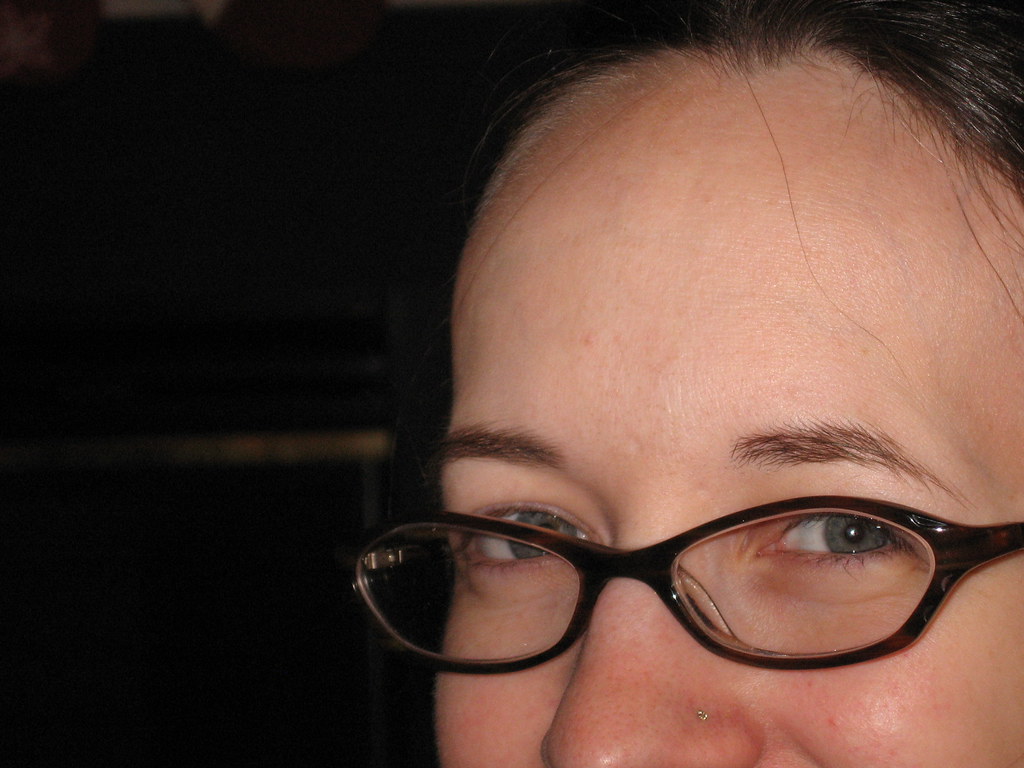Cloth diaper - an introduction
I've had a couple of requests lately for some help getting started cloth diapering, so I decided to write it up here for anyone who happens by...
There are three major schools of cloth diapering:
All-in-ones (AIOs) vs prefolds with a cover vs G-diapers
AIOs: All-in-ones are a "pocket" style diaper. The shell has a wicking inner layer that sits against baby's body and a water-proof outer layer. The "pocket" is stuffed with absorbant layers, and more or less can be used depending on your needs. The diapers close with velcro or snaps. This style is available in "one-size" or in S, M, L, etc. The "one-size" adjusts by snapping down the front for a shorter diaper, but the width (i.e., across the heiney) cannot be adjusted.
AIO PROS: AIOs are easier to put on the baby, may be easier to maintain, and have a broad sizing selection for optimal fit.
AIO CONS: They are also much more expensive ($15-20 per diaper) and wear out faster since you are regularly washing the water-proof portion of the diaper. Also, with more sizing options you may find you need to upgrade to a new size more often than with the prefolds. Every brand is different - some work better on chubby babies, or those with fat legs, or those with skinny bellies.
Prefolds: This is the old school method: cloth is folded over the baby, and this is covered with a water-proof covering. Wool soakers are one cover option, plastic is another. The cloth part can be one of several types: prefold cloth (rectangle with thicker padding in the middle), flat-fold (a large piece of cotton or flannel that is folded several times), or fitted cloth (specialty diapers that look a lot like AIOs but without the built-in waterproof layer). The cloth part has to be fastened in some way (pins or Snappis), but the waterproof covering isn't in direct contact wtih the baby and thus doesn't get dirty very often.
Prefold PROS: Prefolds are much less expensive ($2-5 per diaper insert, $5-20 for covers that don't have to be washed after every single use). You probably only need 2-3 sizes of diapers for the duration of your child's diaperhood. They are incredibly adjustable for different sized and shaped babies.
Prefold CONS: Prefolds must be closed with diaper pins or snappis (I loved snappies), wool diaper covers need special attention when being washed (though they only need washing every 2 to 3 weeks), and it's easier to have leaking due to improperly closing the diaper. These are the bulkiest option of the cloth diapers - you'll have to go up a size in clothing as baby clothes are designed for super-trim disposables.
G-diapers: G-diapers are a kind of hybrid - trying to make cloth diapering more accessible to people who don't really want to diaper. They look a lot like a superhero outfit. There is a cloth outer layer with velcro closure, and a plastic layer for holding the absorbant lining. The absorbant part can be either disposable or cloth. The advantage is that the disposable part is plastic-free, so less toxic than regular diapers. It can even be composted. The manufacturer encourages flushing as an option, but personally I think this would be a huge waste of water.
G-diaper PROS: You have the option of disposing of the inserts (easier when out and about) or using cloth as a liner. The diapers are less bulky than AIOs and don't have to be washed with every single wear. There are two plastic layers for each cloth layer, so if only the plastic is soiled it saves some on laundry.
G-diaper CONS: The disposable inserts are quite expensive, the plastic lining needs frequent water-proofing, and I found that every BM would spill over the plastic lining, soiling the cloth outside diaper. These require more frequent changes than the other options, as the plastic layer isn't great at holding back much wetness. I also notice the plastic stains very easily.
Lots of people think cloth diapering is horrible or tedious, but it just isn't. One extra load of laundry every day, or every other day. The BMs can be a pain to clean once the baby is eating solids, but even so it isn't unmanageable. We now use cloth only on the weekends and evenings, and I still think it's worth it because I know we're reducing our garbage output two days a week.
I'll have more on different diaper types in a future post.


1 Comments:
OK, I know nothing about babies or diapers, but this post was very educational! A lot of ladies in my Monday-nite class knit soakers for kids/grand-kids. Now I know why! Great post!
Post a Comment
<< Home